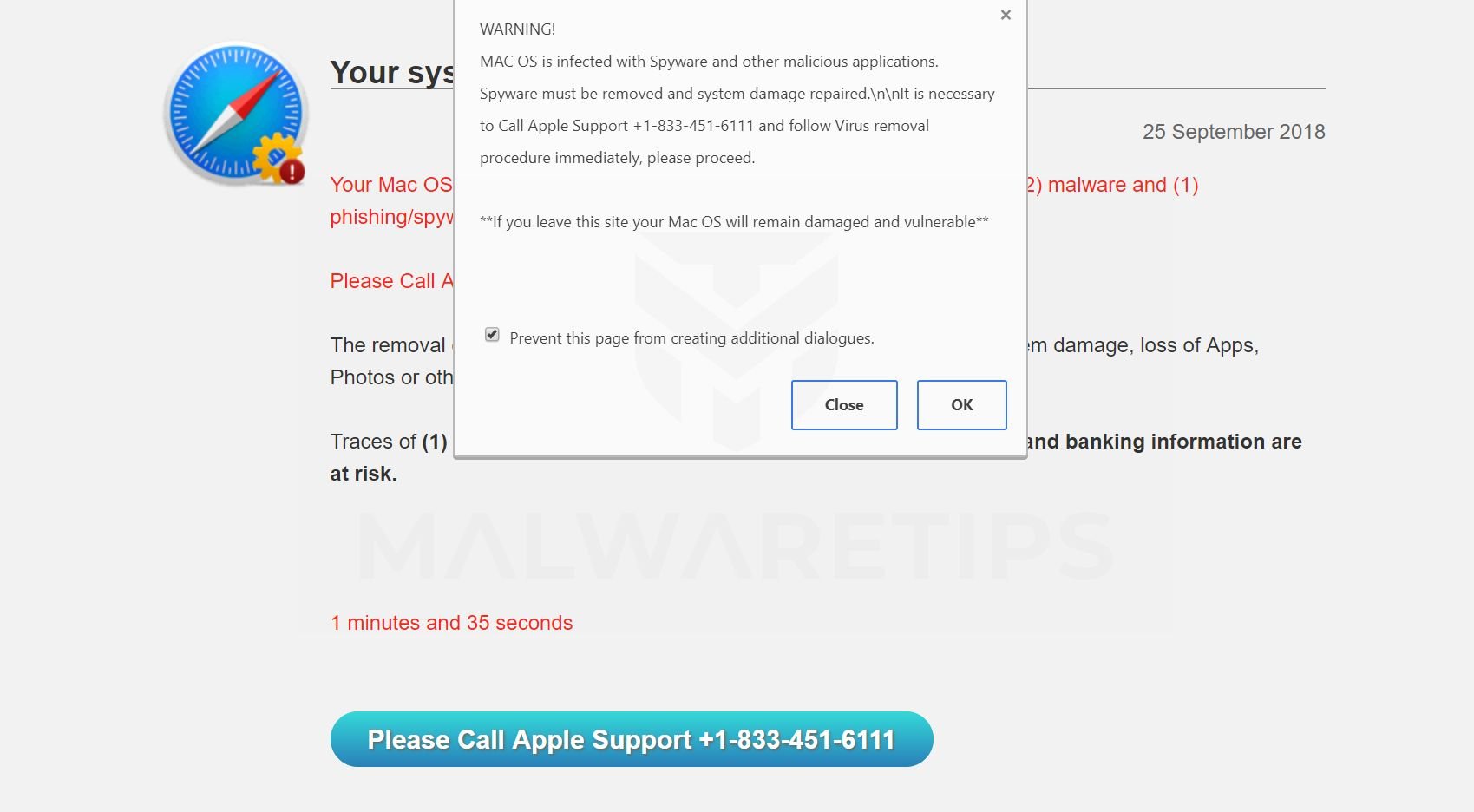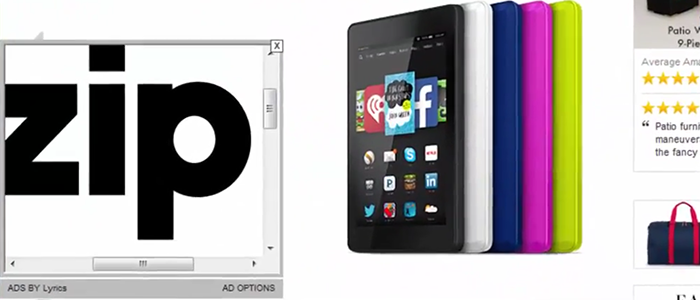Apple computers can get viruses and malware just like PCs can. While iMacs, MacBooks, Mac Minis, and iPhones may not be as frequent targets as Windows computers, all have their fair share of threats. Adware, spyware, ransomware, and hardware and software vulnerabilities are some of the problems now affecting Macs, and not just PCs. Non-malware predicaments of that sort do happen, although they are generally marginal when it comes to Mac OS X and the newer macOS editions. A virus may call forth similar symptoms, but there are telltale signs of malicious activity that allow users to distinguish it from a regular performance quirk. Here is a roundup of the most common. Unfortunately, Mac malware can disguise itself as a removal tool, demand payment in exchange for protecting your computer. Don’t accidentally get tricked into sharing your information with a rogue company—learn how to do a safe (free!) scan on your Mac with a trusted application to isolate and remove potential malware. Xprotect – This is Apple’s built-in Mac virus scan. It was first introduced in Snow Leopard as a built-in feature of File Quarantine. Xprotect was added to scan for malware and viruses that may be embedded within the file downloaded from the internet. If the file is found to be infected, you will be informed so, and you should move it to. Apple helps you keep your Mac secure with software updates. The best way to keep your Mac secure is to run the latest software. When new updates are available, macOS sends you a notification — or you can opt in to have updates installed automatically when your Mac is not in use. MacOS checks for new updates every day and starts applying them in the background, so it’s easier and faster.
It's KnockKnock:This is a free application that not only shows what runs on your Mac, but also scans applications using the VirusTotal service, which scans files for viruses.
- Launch KnockKnock and click on the “Start scan” option. The check will take about 1-2 minutes.
- After its completion, the screen will display the results in several sections. For example, in the “Launch Items” section all applications will be assembled that automatically run on Mac.

- The Kernel Extensions category displays a list of modules that may have been loaded into the kernel. Selecting a category will display information on the right with VirusTotal.
Checking Your Mac For Malware
- If any 'startup item' is infected, you can click 'Show' to find the file in Finder and delete it.
KnockKock will also help determine whether a particular application is released - Apple or a third party. Next to the element is the image of the castle. Closed locks in green indicate that the item is signed by Apple. Next to applications signed by third-party companies, is a closed black lock. Next to unsigned applications is an open orange lock. Open locks do not necessarily indicate that the application is infected, but such programs are still worth beingware.
 Use KnockKnock to detect malicious items and immediately remove infected applications. Then configure autorun for useful applications and get rid of programs that start automatically.
Use KnockKnock to detect malicious items and immediately remove infected applications. Then configure autorun for useful applications and get rid of programs that start automatically.Check For Viruses Mac
 KnockKnock [link]
KnockKnock [link]